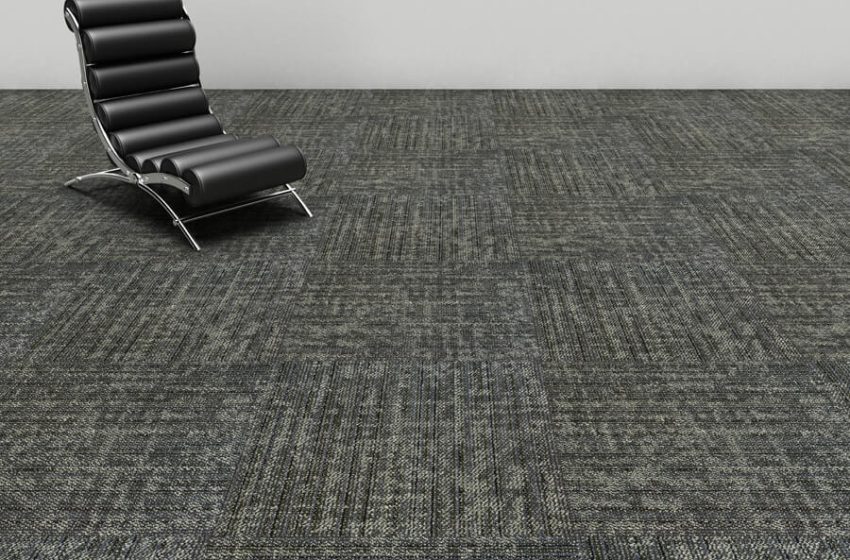How to Find the Best Office Carpet Tile Floors?

- Consider your budget. office carpet tile floors come in a wide range of prices, so you’ll need to determine an appropriate budget for installation and materials.
- Determine your needs. Consider your office environment, the amount of foot traffic, and the need for soundproofing. This will help you choose the best type of carpet tile flooring for your office.
- Compare types of carpets tile floors. There are a variety of carpet tile floors available, including nylon, polyester, and wool. Compare the pros and cons of each in terms of durability, comfort, cost, and other features.
- Visit a showroom. Visiting a showroom is a great way to get a feel for what type of carpet tile floors are available and to get a better idea of their quality.
- Ask for professional advice. Speak to a professional carpet tile flooring installer to get their opinion on the best type of flooring for your office space.
- Read online reviews. Research online reviews to get a better idea of the quality and performance of different brands of carpet tile floors.
Disadvantages of Using Office Carpet Tiles
- Poor durability: Office carpet tiles are not as durable as other types of flooring, such as hardwood or vinyl. Carpet tiles will wear out faster in areas with heavy foot traffic and can easily be stained or damaged.
- Poor insulation: Carpet tiles do not provide as much insulation as other types of flooring, so you may experience a greater variation in temperature in your office space.
- Cost: Office carpet tiles can be more expensive than other types of flooring, and you may need to replace them more often due to wear and tear.
- Installation: Installing office carpet tiles can be a difficult and time-consuming process. You may need to hire a professional to lay them correctly, which can add to the overall cost.
Facts about Installation of Office Carpet Tile Flooring
- Carpet tile flooring is a cost-effective and attractive alternative to traditional carpeting, often used for commercial and office spaces.
- Carpet tile flooring is often made from nylon, polyester, or olefin fibers, and is typically backed with a vinyl or rubber backing for added durability.
- Carpet tile flooring is easy to install and maintain, as the individual tiles can be replaced if they become stained or damaged.
- Carpet tile flooring is often available in a variety of colors and textures, giving you more options for customization.
- Carpet tile flooring installation requires the use of a special adhesive to ensure a secure bond to the subfloor.
- Carpet tile flooring is often used in high-traffic areas, as it is resilient and can withstand heavy wear and tear.
- Carpet tile flooring is typically installed in a staggered pattern to help hide seams and give the floor a more uniform appearance.
- Carpet tile flooring is easy to clean using a vacuum or a light cleaning solution.
- Carpet tile flooring is more resistant to water damage than traditional carpeting, making it a great choice for bathrooms and other wet areas.
- Carpet tile flooring is often installed in a variety of patterns, such as checkerboard, herringbone, and basket weave, and can be customized to fit any space.